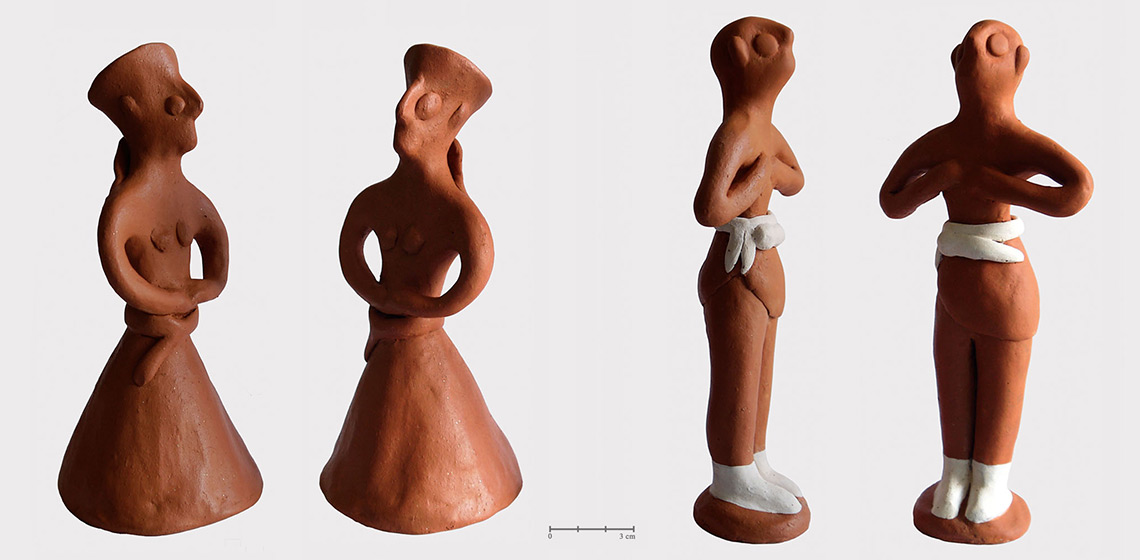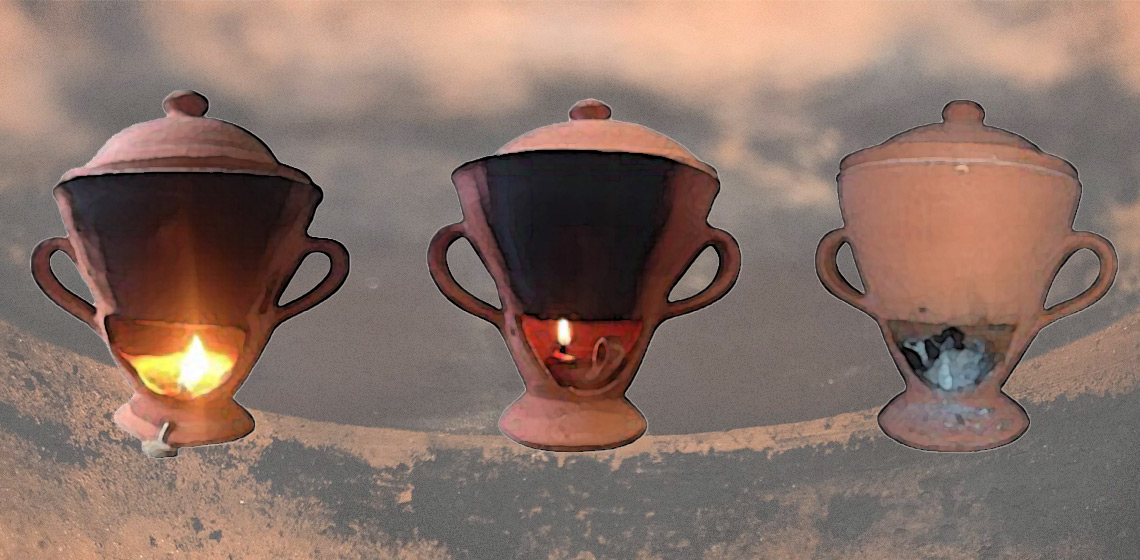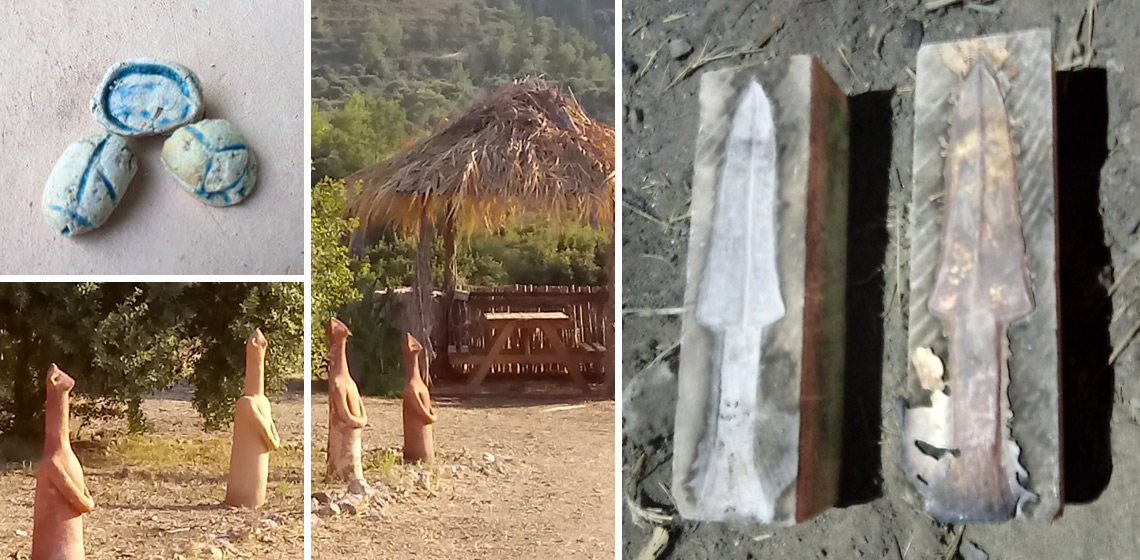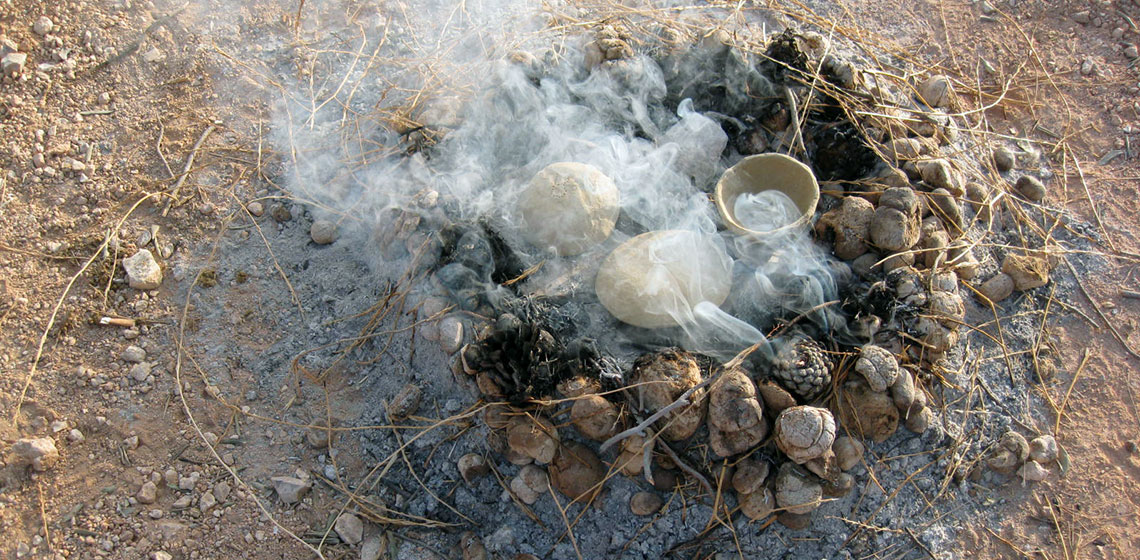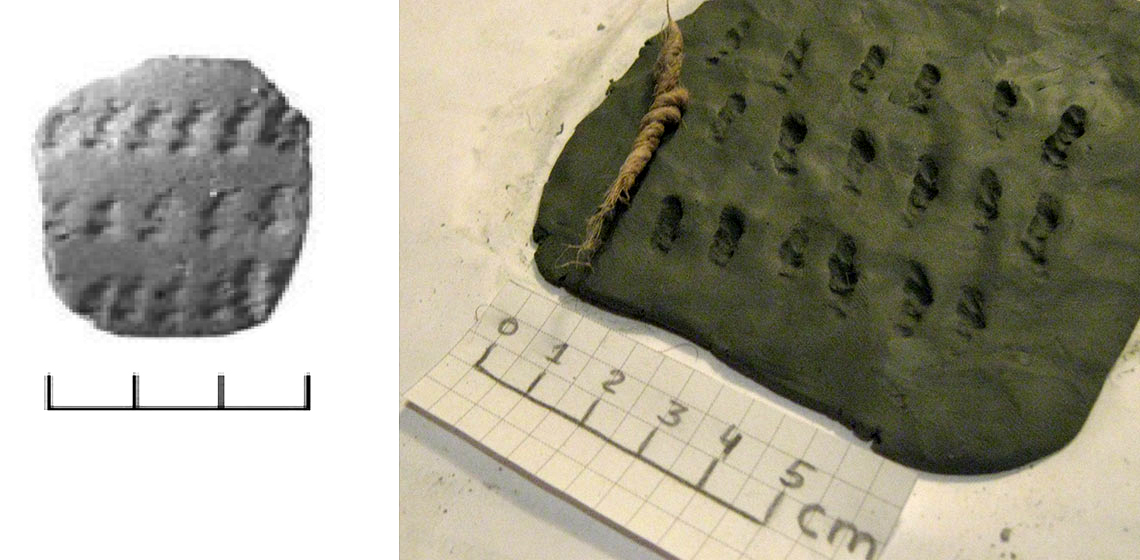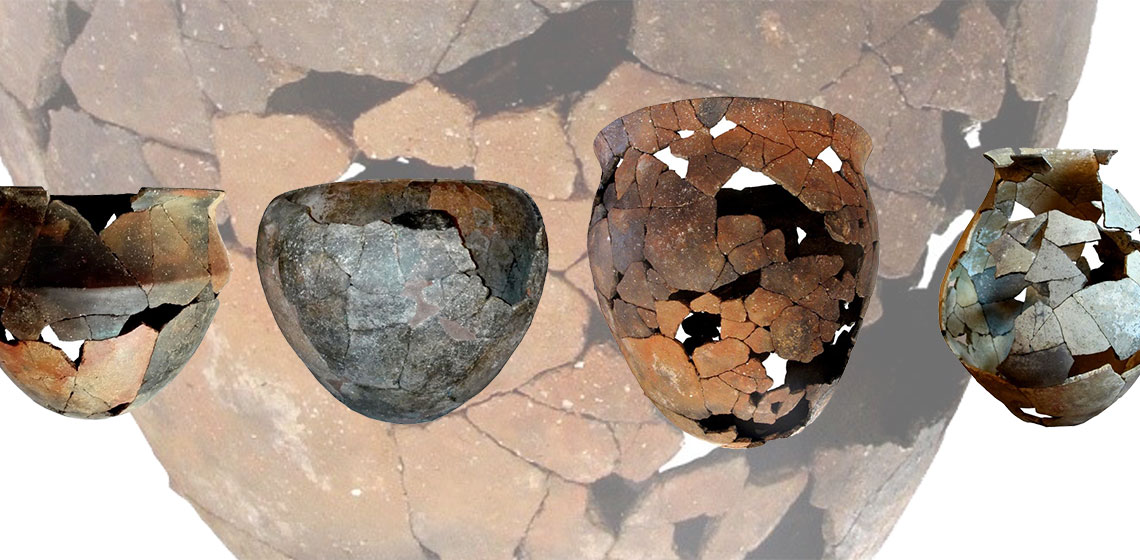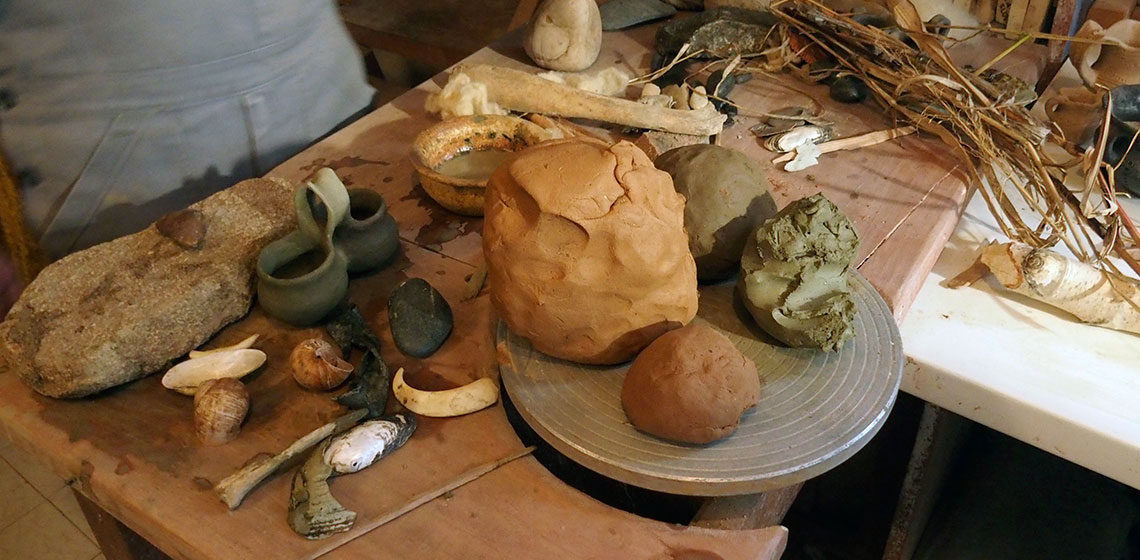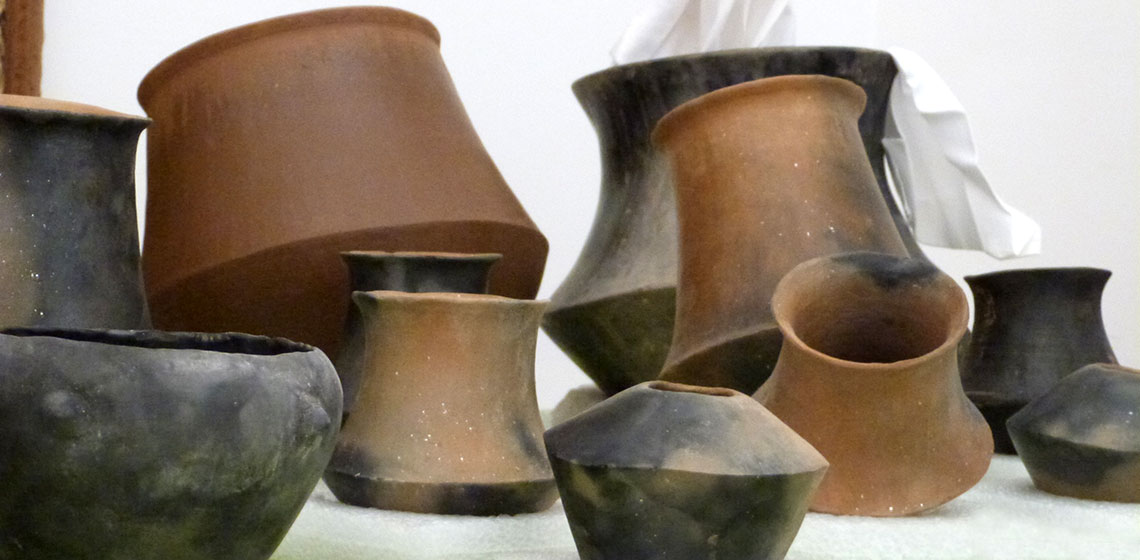Ceramicists, Apprentices or Part-Timers? On the Modelling and Assembling of Peak Sanctuary Figurines
Who Modelled and Assembled Peak Sanctuary Figurines?
In this paper, I explore the pervasive, yet only partially investigated, question of who made peak sanctuary figurines. Peak sanctuary figurines are small anthropomorphic and zoomorphic clay representations, found by the thousands at Cretan Bronze Age mountain sites, alongside a range of utilitarian ceramic vessels and, occasionally, ceramic votive body parts and models, metal objects, stone vessels and small pebble clusters.
